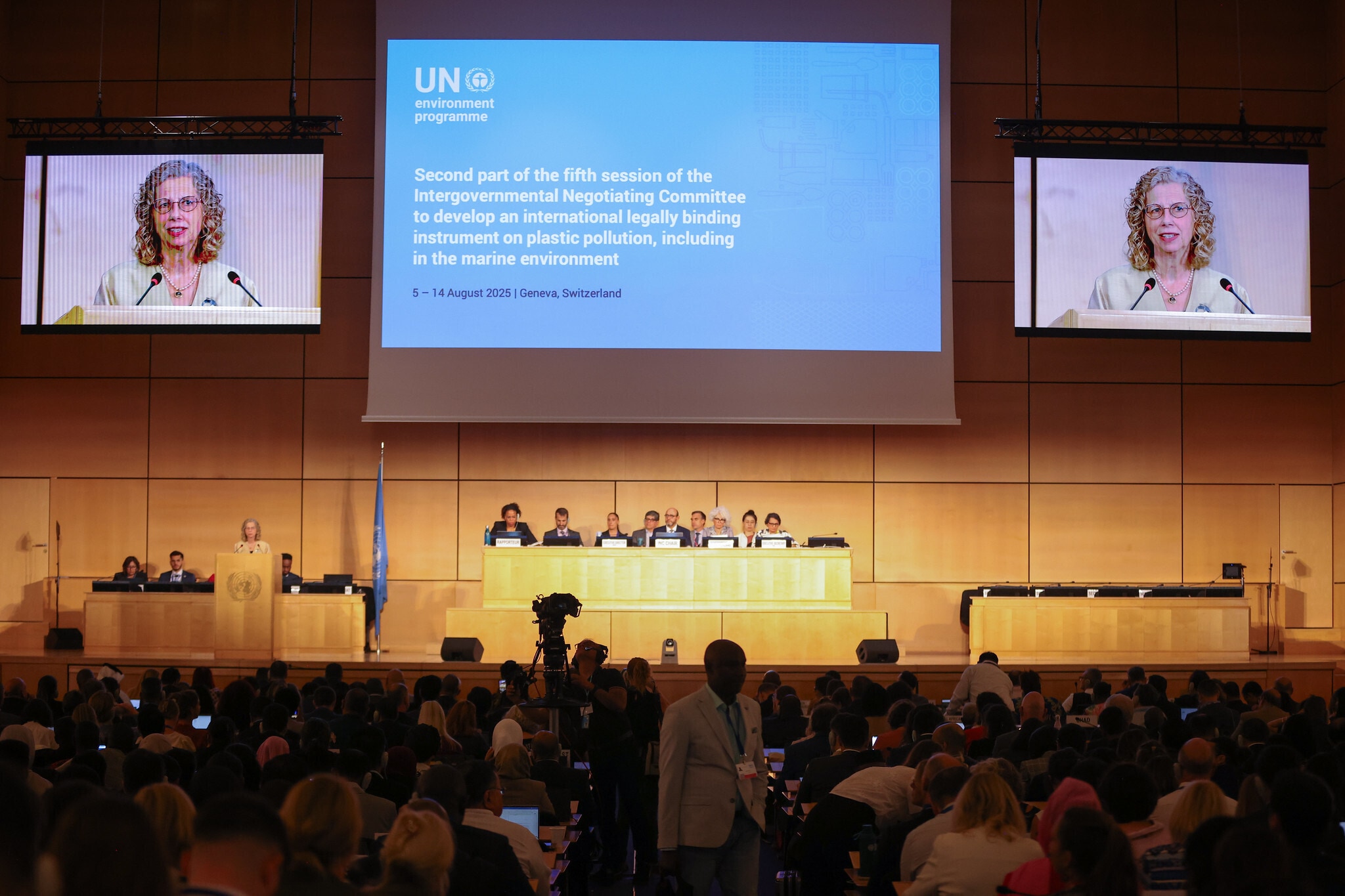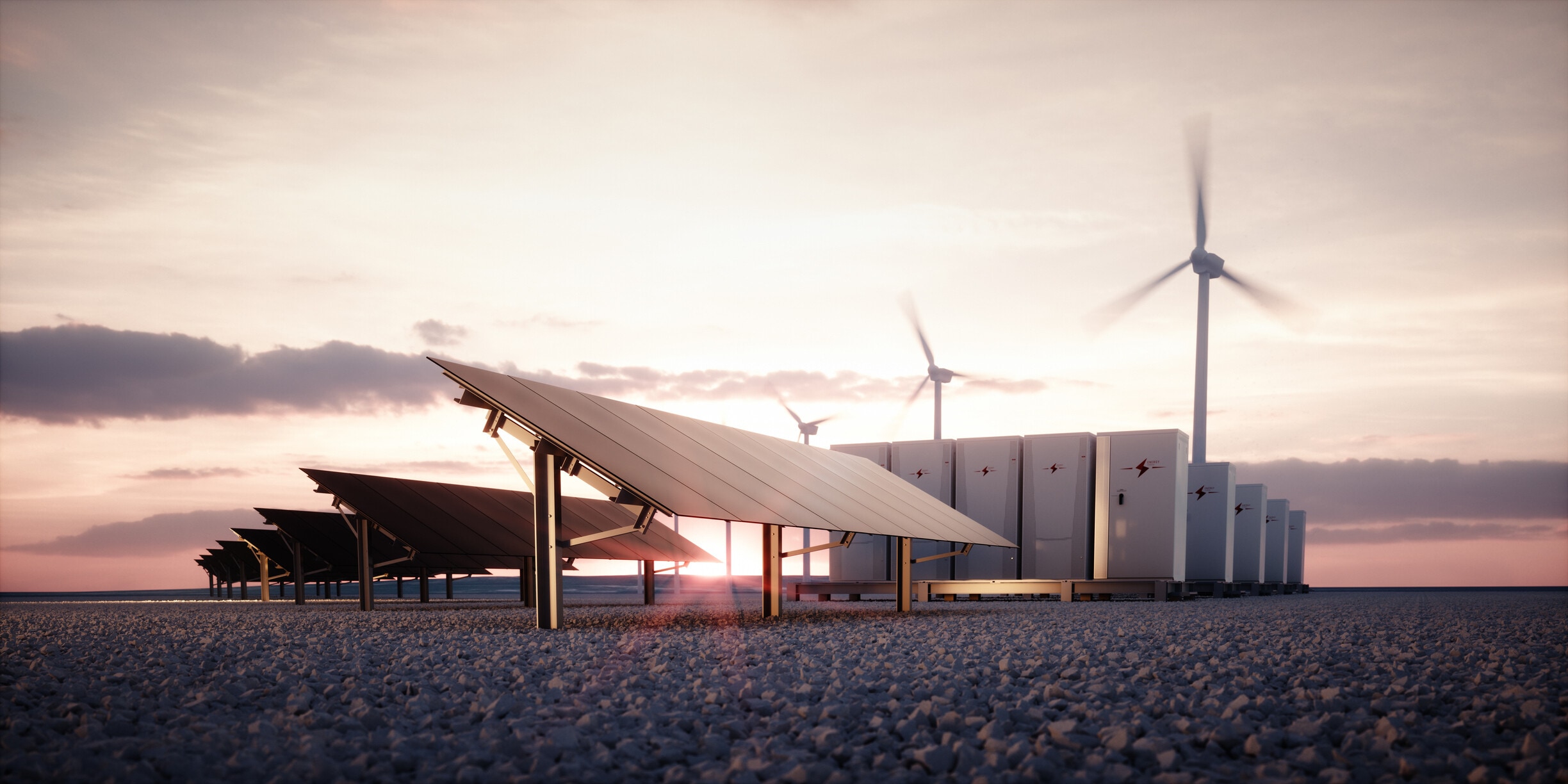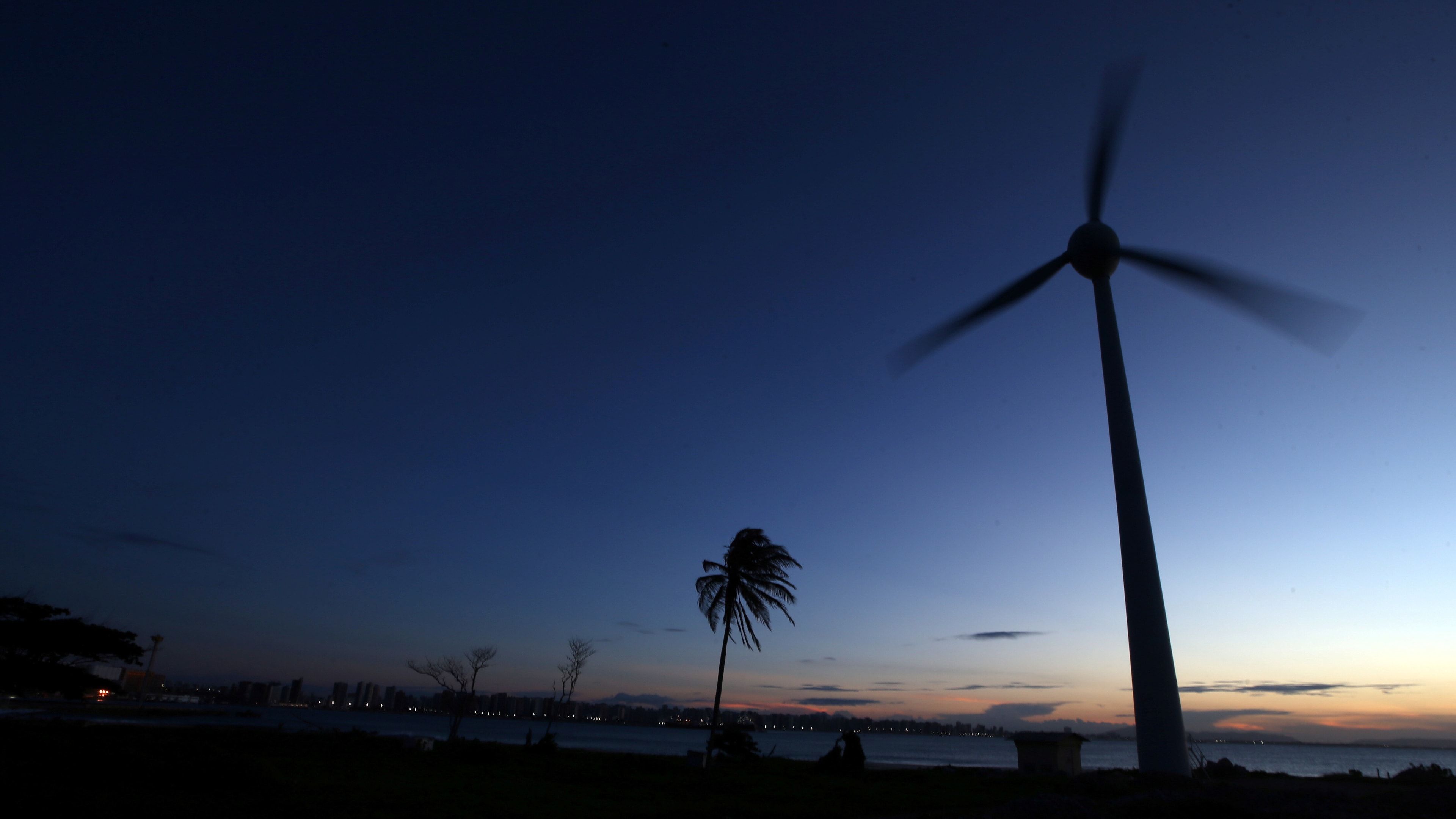Why our methane-detecting satellite showed it's time for climate action to aim sky-high

MethaneSAT pushed the frontiers of space-based remote sensing.
Image: Environmental Defense Fund
Stay up to date:
SDG 13: Climate Action
- With the world lagging behind schedule on dealing with climate pollution, bolder solutions are required.
- The MethaneSAT satellite launch – which targets and makes accountable methane polluters – is an example of the ambitious risk-taking needed.
- Non-profits and technology companies can make powerful partnerships, in the absence of better public policy.
Despite the global understanding of the devastating impacts of climate change and the amazing growth of clean energy, the world is far behind in cutting the pollution responsible. Business as usual is not a solution. And if anything, opposition to climate action from political leaders may take us backward. We need to think bigger, and that requires taking big risks.
My organization took a big risk in 2024 by launching a satellite, MethaneSAT, to measure climate pollution, track progress and hold countries and companies accountable for cutting it. It took years to develop, millions to build and fly, and two weeks ago it went dark, permanently losing communication with controllers. So was it worth it? Emphatically, yes.
The satellite advanced the technological frontier of space-based remote sensing with unparalleled new capabilities. Beyond delivering revolutionary data that will help us drive down climate pollution, it showed the value of bold risks – and accepting the setbacks that come with it.
Our goal with MethaneSAT was not to launch a satellite, but to cut pollution. Methane from fossil fuel operations, agriculture and other sectors is driving almost one-third of current global warming. Specifically, our goal is to reduce methane emissions by 75% from the oil and gas sector by the end of 2030. In its one year in space, this technology vastly accelerated our progress towards that.
The methane detection instrument designed for this satellite proved, in the face of significant early scepticism, that it is possible to measure methane concentrations over wide areas with amazing precision, tracking differences in concentrations as small as just two parts per billion.
We have collected massive amounts of data, including on small sources that account for most methane pollution – MethaneSAT’s unique ability. Once fully analysed and released, it will provide a far more comprehensive view of what many major oil and gas producers around the globe are emitting. We have developed new analytics to track those emissions backward to their source. What’s more, we have significant technology on the shelf for use in similar efforts – breakthrough algorithms and the software to process the data efficiently and quickly.
The lesson of MethaneSAT is that, even as we push for better government policies, advocates, scientists and companies must be willing to make big bets. While they can’t be a replacement for sound public policy, the private sector and non-profits can add significantly to the push for a cleaner economy – and be a laboratory for cutting-edge ideas.
The partnership of science-based non-profits and technology companies, in particular, can be a powerful combination. That’s because data can drive action and accountability – especially as the US government cuts off access to critical climate information. Just last week, the Trump administration shut down the US Global Change Research Program’s website, blocking information on how global warming is affecting the country.
Indeed, innovative climate solutions are even more important as we see the US Congress working to roll back clean-energy investments – and making devastating cuts to federal support for science. It is now the responsibility of those working for a safer future to seize this moment. We need bold and innovative ideas more than ever. From more satellites – like Carbon Mapper, which is collecting important data on other aspects of this challenge – to methane-consuming bacteria that can reduce emissions from landfills.
How is the World Economic Forum fighting the climate crisis?
The loss of our satellite will not stop us from aggressively pursuing this work. Limiting methane pollution is still the fastest way to reduce warming in the short term. We cannot pause in this vital effort. We will consult with partners and experts and find the best path forward. We don’t know what that will be yet, but we know that it will require taking risks. It is too late to rely only on cautious options.
Accept our marketing cookies to access this content.
These cookies are currently disabled in your browser.
Don't miss any update on this topic
Create a free account and access your personalized content collection with our latest publications and analyses.
License and Republishing
World Economic Forum articles may be republished in accordance with the Creative Commons Attribution-NonCommercial-NoDerivatives 4.0 International Public License, and in accordance with our Terms of Use.
The views expressed in this article are those of the author alone and not the World Economic Forum.
Forum Stories newsletter
Bringing you weekly curated insights and analysis on the global issues that matter.
More on Climate ActionSee all
Lim Chow-Kiat
August 21, 2025
Tom Crowfoot
August 20, 2025
Charlotte Edmond and Rebecca Geldard
August 19, 2025
Yufang Jia and William Jernigan
August 18, 2025
Jürgen Karl Zattler and Adrian Severin Schmieg
August 18, 2025
Piyush Verma
August 18, 2025





